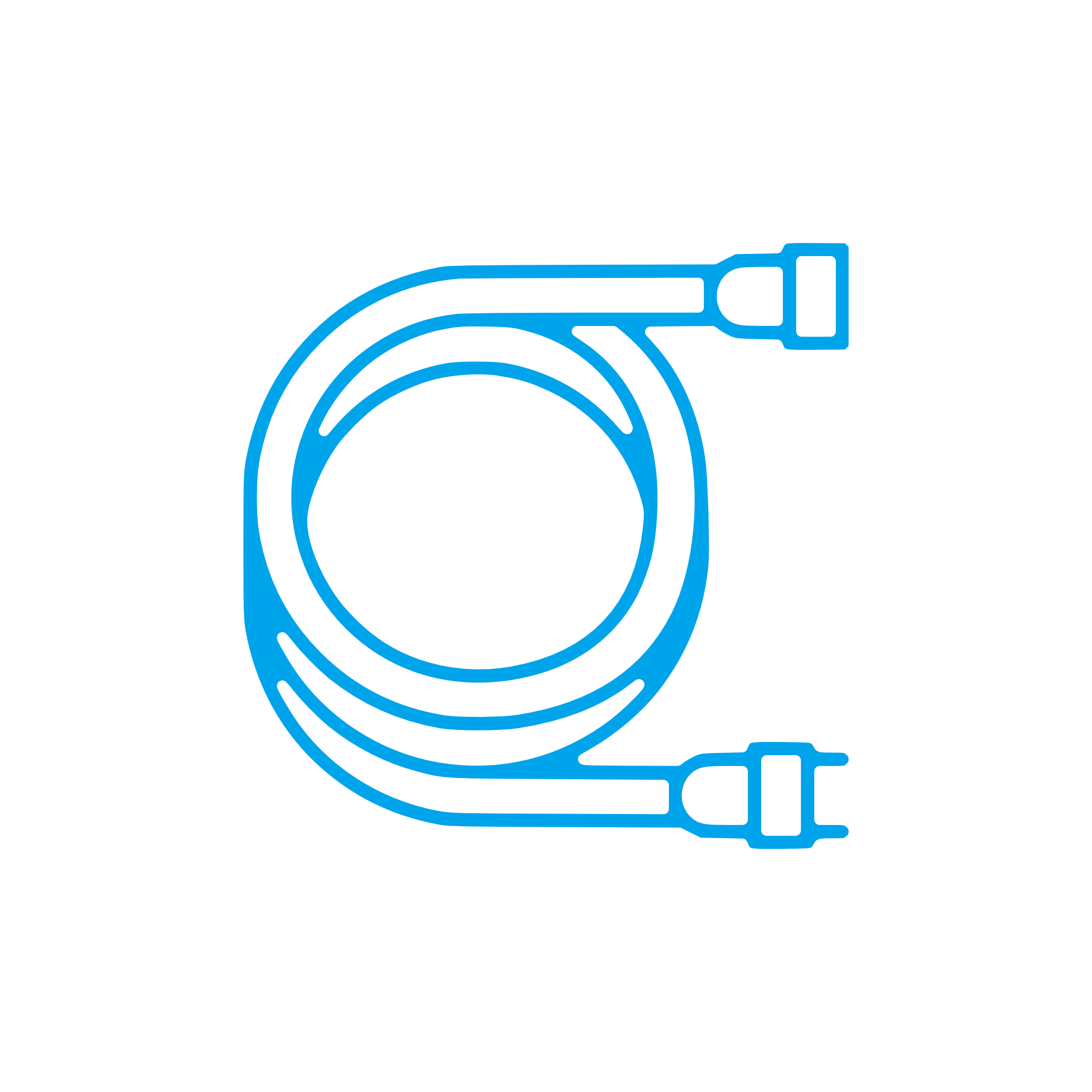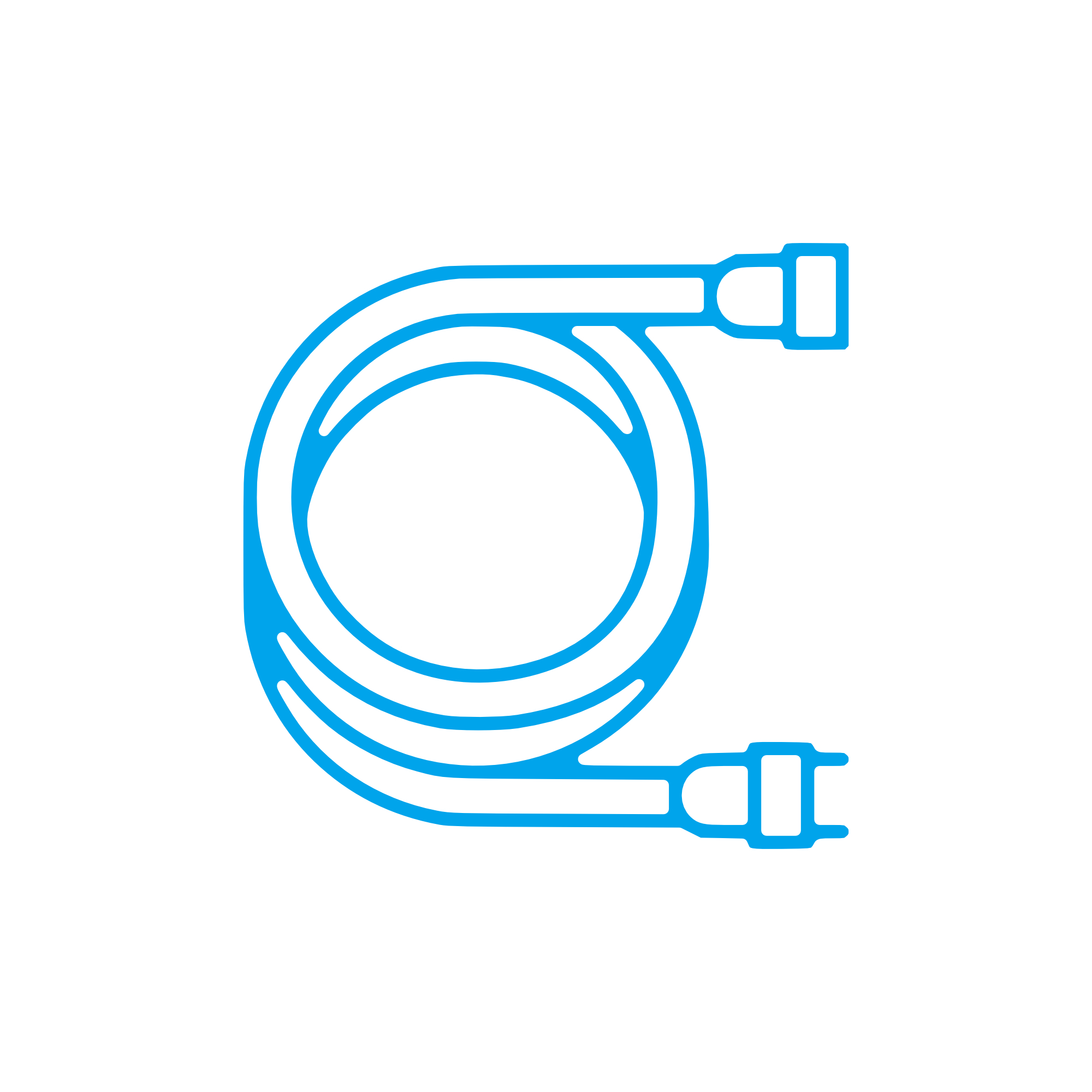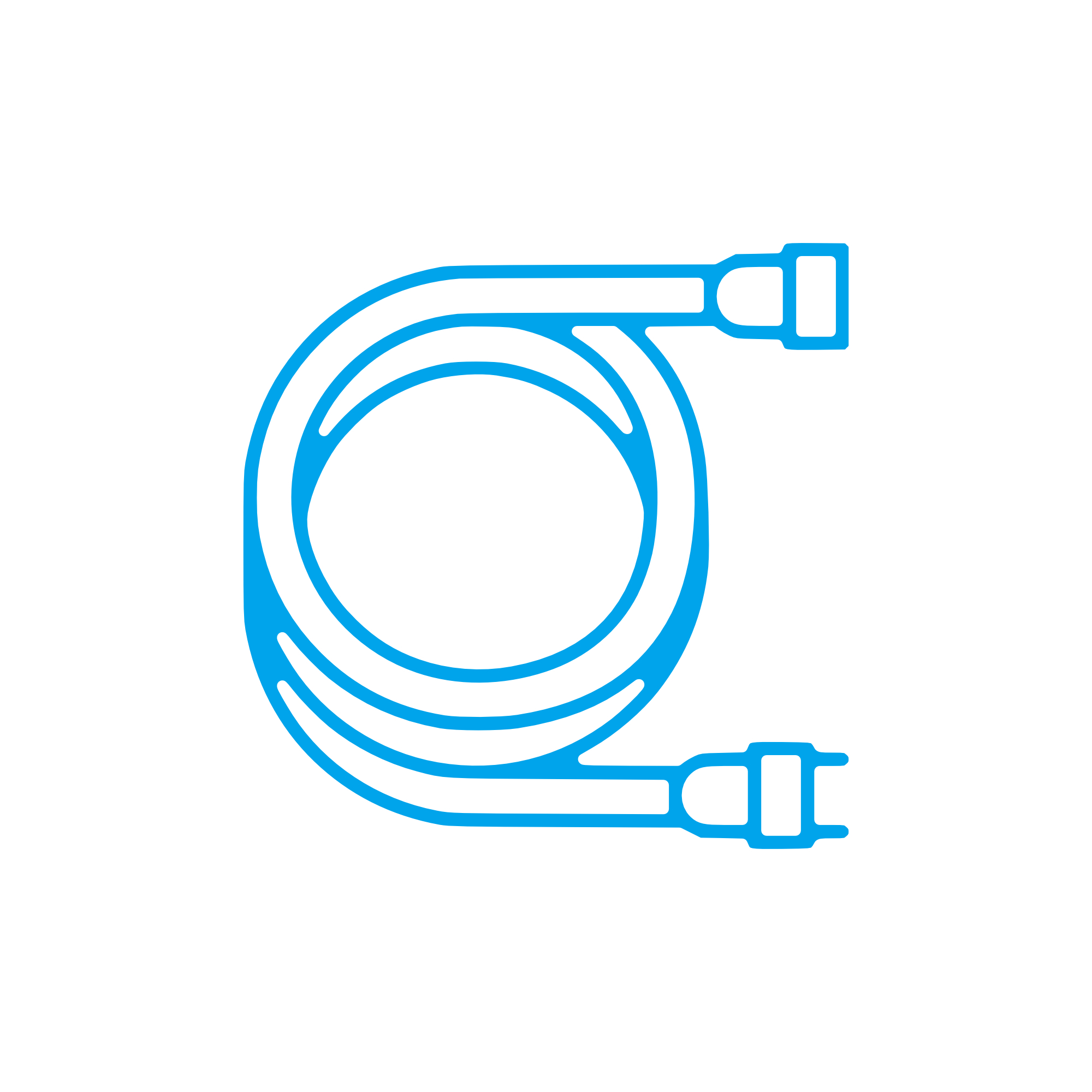CABLE TERMINAL BOX solutions for engine cables and wiring
Cables are the electrical lifelines of any diesel or gas engine, carrying power, control signals, and sensor data reliably through demanding operating conditions. Within this network, the CABLE TERMINAL BOX provides the protected interface where engine cables converge, are organized, and are safely connected to equipment. Together, high‑quality cables and a properly engineered terminal arrangement ensure dependable starting, precise control, stable generation output, and robust protection of critical components.
From propulsion systems on a marine engine to land‑based generator sets, cables must withstand vibration, temperature cycling, oil and fuel exposure, and electromagnetic interference. Durable insulation systems, correct conductor sizing, and secure terminations inside a CABLE TERMINAL BOX for diesel engine applications are therefore essential to performance, efficiency, and safety.
Technical function of cables and the CABLE TERMINAL BOX in a marine engine
Engine cables fulfill three core functions: delivering power to auxiliaries (starters, heaters, pumps), transmitting control and actuation signals (ECU, governors, solenoids), and carrying measurement data (temperature, pressure, speed, and vibration sensors). Conductor cross‑sections are selected for current load and acceptable voltage drop, while shielding and twisted pairs protect sensitive signals from EMI generated by alternators, frequency drives, and ignition systems. Insulation materials such as XLPE or EPR, often with tinned copper stranding, resist heat, oil, and salt‑mist, and fine stranding improves flexibility to survive continuous vibration.
The CABLE TERMINAL BOX on a marine engine or genset centralizes these connections. Gland plates and cable glands provide strain relief, sealing, and earthing continuity. Inside the enclosure, terminals, busbars, and DIN‑mounted components route circuits cleanly, maintain bending radii, and segregate power and instrumentation to minimize crosstalk. A CABLE TERMINAL BOX OEM parts configuration pairs exactly with engine harnesses, ensuring correct core counts, pin mapping, and color codes for fast, error‑free installation and maintenance. Environmental protection (for example, high ingress ratings) and corrosion‑resistant hardware safeguard terminations against moisture and contaminants, preventing shorts, hot spots, and signal drift.
- · High‑conductivity copper conductors for low losses.
- · Oil, fuel, and heat‑resistant insulation for harsh engine rooms.
- · Shielded pairs and drains for EMC‑safe sensor wiring.
- · Flexible stranding for vibration resistance and long service life.
- · Clear core identification for quicker troubleshooting.
- · Secure terminations within a sealed CABLE TERMINAL BOX.
- · Proper strain relief and bending radius control at entries.
- · Compatibility with OEM parts harness layouts and connectors.
Why cables and the CABLE TERMINAL BOX are critical for reliable engine operation
Electrical integrity directly influences uptime. Undersized or degraded cables cause voltage drop, sluggish starters, nuisance trips, and inaccurate sensor feedback. Micro‑cracks in insulation invite moisture ingress and partial discharge, eventually leading to shorts or ground faults. Poorly shielded signal lines can pick up ignition noise, producing erratic ECU readings and unstable fuel control. Loose lugs or corroded terminals inside the CABLE TERMINAL BOX create heat build‑up and intermittent faults that are difficult and costly to trace—especially offshore or during peak demand windows.
In contrast, well‑specified cables and a properly assembled CABLE TERMINAL BOX for diesel engine or marine engine service stabilize operating parameters, reduce false alarms, and lower the risk of unplanned shutdowns. They also enhance safety by maintaining reliable actuation of protective devices and ensuring discriminative tripping under fault conditions.
Advantages of OEM spare parts suitable for cables and CABLE TERMINAL BOX assemblies
Choosing OEM spare parts suitable for cables—and matched CABLE TERMINAL BOX OEM parts—delivers measurable benefits across performance, reliability, budget, and service life:
Performance: Exact conductor sizes, insulation classes, and shielding specifications maintain current‑carrying capacity and signal integrity as designed by the engine builder. Correct core counts, colors, and terminal types ensure proper mapping to ECUs, sensors, and protection relays without compromises or field modifications.
Reliability: Tested connectors, crimps, and seals matched to the enclosure reduce moisture ingress and contact resistance. Materials are selected for temperature, chemical exposure, and vibration profiles typical of engine rooms, protecting against premature aging and corrosion.
Budget: Form‑fit compatibility shortens installation time and reduces rework. Correctly pre‑loomed harnesses and marked conductors minimize troubleshooting and downtime, lowering overall maintenance costs over the engine’s lifecycle.
Service life: Durable insulation systems and validated termination hardware maintain stable performance over many operating cycles, supporting extended maintenance intervals and predictable service planning. Consistency across OEM spare parts for cables also simplifies stocking and logistics.
MOPA as your partner for CABLE TERMINAL BOX and cable OEM parts
MOPA is an experienced, reliable partner for OEM spare parts for cables, harnesses, and CABLE TERMINAL BOX solutions used in diesel and gas engines. Our focus is on speed, quality, and security in the trade of OEM parts: rapid sourcing, precise cross‑referencing to engine models, and traceable supply chains. We support purchasers and technical teams with documentation, component matching to existing looms, and consolidated kits that align with your maintenance windows. Whether you operate a marine engine fleet or land‑based power units, MOPA streamlines the procurement of cable sets, glands, terminals, and enclosure hardware to keep your equipment running.
Conclusion: CABLE TERMINAL BOX and cables for diesel and marine engine reliability
Cables are fundamental to stable engine performance, and the CABLE TERMINAL BOX forms the secure hub where power and signal lines are protected and organized. Selecting OEM spare parts suitable for cables and matched CABLE TERMINAL BOX components preserves efficiency, safety, and long‑term cost control across diesel and gas engine applications.




